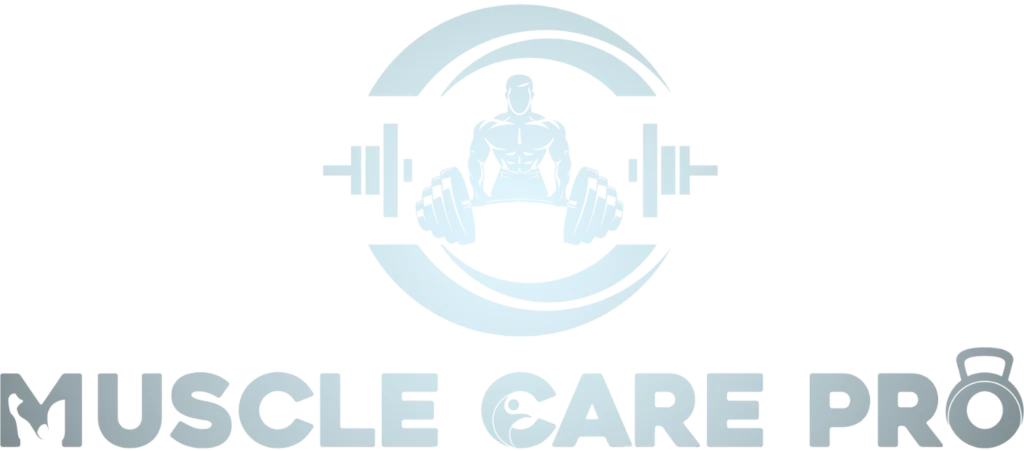What Muscles Do Hip Thrusts Work
Hip thrusts work primarily target the glute muscles. To perform this exercise, the individual should position their upper back on a bench, with their knees bent and feet flat on the floor. They then press through their heels to lift their hips, ensuring that their hips align with their shoulders and knees. This movement not only activates the glutes but also contributes to strengthening the lower body.
One of the advantages of hip thrusting as a workout is the ability to develop strong glutes. They enhance strength and power for sports and movement in everyday life. Many adore such exercises that strengthen and shape the lower body. And they are also very simple to explain and why they can be incorporated into any training regime.
The majority of the hip thrusts work is targeted towards the glute muscles with hip thrusts. They also assist in the strengthening of the hamstrings and the quadriceps. The core muscles come into play as well, stabilizing the body. This exercise is useful in developing strength in the lower region.
Primary Muscles Worked
Gluteus Maximus
The largest muscle of the buttocks is known as the gluteus maximus. It assists in standing, ambulation, and lifting objects. This particular muscle is responsible for motion-based activities involving leaping and ascending surfaces. Well-toned gluteal muscles improve standing positions and also maintain balance.
Hamstrings
The hamstrings are the muscle groups located on the dorsal part of the thigh. They assist in knee flexion and hip extension. Strong hamstrings facilitate running, jumping, and squatting. That is why it is crucial to maintain their flexibility in order to avoid injuries.
Quadriceps
The front of the thigh area contains the quadriceps responsible for extending the knee while walking or running. As a result, the legs are beneficial for jumping and squatting due to strong quadriceps. Maintaining their strength enhances power and stability in the legs.
Secondary Muscles Worked
Adductors
We understand that the term ‘adductor’ is used to refer to the muscle found at the inner side of one’s thighs. Well, adductor muscles at the inner thighs enable one to move a leg indoors or inward. In addition, strong adductors are essential in posture and dynamic leg activities. Proper development and upkeep of these muscles reduces chances of getting hip or knee related injuries.
Core muscles
The trunk remains upright, and the body’s weight is managed effectively due to the support of these muscles. To achieve the posture and keep the body in check having strong core muscles is essential. The trunk remains upright, and the body’s weight is managed effectively due to the support of these muscles. They are important to everyday activities, and even more so in sports. The core muscles reside in the region of the abdomen and the lower back. These muscles tend
Erector Spinae
The erector spinae are a muscle system located next to the spine. They help hold the torso in an upright position and support the back. A well-developed erector spinae allows movements such as bending and twisting. Reinforcing them can eliminate chances of back pain and enhance one’s posture.
Benefits of Hip Thrusts
- Reinforced Muscles of the Backside
Thrusts at the hips work effectively on the glute muscles, resulting in more strength and size of the glutes.
- Increased Athletic Ability
Gluteal muscles are known to enhance one’s power and explosiveness during short outbursts of energy movement. This is very helpful, for instance, in sprinting and jumping.
- Stabilized Core Muscles
The activity involves working out the core muscles, which enhances stability of the body as well as providing support to the spinal cord.
- Correct posture is maintained
Having well-developed glutes ensures that the pelvis and spine are properly positioned, therefore minimizing chances of suffering from backaches.
- Dynamic Exercise
Hip thrusts work can be altered to suit different fitness levels of individuals with or without weights.
Common Variations of Hip Thrusts
Thrusts of the hip can be administered in many variations for working on different muscles and increasing difficulty level. One of the most frequently performed exercises is single-leg hip thrust**. In this exercise, each leg is used separately, making it more balanced and functional. The core is also worked more for stabilizing purposes.
The other frequently used alternative is *barbell hip thrust.* Weight increases resistance by challenging the glutes. You can also try **banded hip thrusts** where the auxiliary muscles are activated by the use of resistance bands. These variations promote workout sustainability and effectiveness.
Conclusion
Hip thrusts work are one of those wonderful exercises that you can perform to beef up the glutes. This move targets predominantly the gluteus maximus, which is the largest muscle in the buttock region. The motion also employs the hamstrings and quadriceps. To add, hip thrusts also serve to activate the core together with the stabilizing muscles.
By building upon the strength of these muscle groups, hip thrusts increase lower body strength as a whole. They improve athletic ability and are useful in performing daily tasks. Strong glutes and hamstrings can also diminish chances of experiencing injuries. When hip thrusts are included in the routine, this results in ameliorated posture and stability.











